| Warm Welcome!
Welcome to our very first issue of the IOF newsletter, B.E.A.R. Monitor. It is one year ago to the month that something very profound happened which led to the creation of IOF: the first Florida black bear hunt in over two decades. The hunt and the events leading up to it irrevocably changed the lives of so many people throughout Florida and beyond, people united by the common goal to attempt to stop the senseless slaughter of our iconic, beautiful black bears.
The failure to stop the hunt in 2015 left so many of us feeling a wide range of emotions. We felt powerless, dejected, depressed, angry, incredulous, and frightened, to name a few. Many of us who were on the front lines counting dead bears as Bear Hunt Monitors continue to suffer from symptoms of post-traumatic stress disorder. We have continued to work tirelessly on behalf of our bears to prevent future hunts from occurring, and although we have splintered and disagreed with each other, we still blaze a trajectory that will never cease until our bears are safe. Together we keep moving forward, whatever the cost.
While the pause button has been pressed for a 2016 bear hunt, thanks to the bear advocates and activists that stormed the Florida Fish and Wildlife Conservation Commission (FWC) commissioners meetings, wrote letters and emails, pored over data and documents, protested, and worked around the clock, we all realized that the well-deserved rest must be short-lived. Although so many have worked so long and accomplished so much, we all know there is so much work that lies ahead.
IOF was born out of the anguish, sorrow, and powerlessness that came from being unable to stop the hunt. But the bears that lost their lives that day will not have died in vain. We have awakened, both individually and united, to rise up to the challenge on so many levels. Saving our bears from future hunting, protecting their habitat and the wild spaces that remain, ensuring clean water, these are all necessary and inextricably linked to their well-being as well as our own.
The Florida black bear is our icon, the symbol of the important work to be done, the reason we exist, the face of IOF. We hope you will continue with us on our journey. Welcome. |
|
|
Imagine Our Florida, Inc.: Past, Present and Future
|
|
| Dear Florida Habitat Advocates,
Did you know that Imagine Our Florida, Inc. exists because of YOU? If you are reading this, you care about Florida’s black bears and all the wildlife that share the land and water with them. You have volunteered your talents, no matter how big or small, and are part of our mission to preserve and protect Florida’s natural resources, wildlife and land.
Imagine Our Florida was formed in Jan 2016. In a few short months, together, we have accomplished this:
Committee for Research:
Imagine Our Florida, Inc. has volumes of research material about the Florida black bears and their habitat. This information has been used and will continue to be used for education.
Committee for Bear Resistant Trash Cans:
We have educated county commissioners, environmental services personnel, and residents on the value of bear-resistant trash containers and bear-friendly ordinances.
SUCCESS! 7 of 14 targeted counties have committed to working on bear resistant cans and/or Bear- friendly ordinances!! Two more counties are in the works!
Committee for Resolutions:
We have educated people on how to successfully advocate for resolutions against the hunt
and have provided documentation to support the resolutions.
Events:
Volunteers have tabled numerous events at Pow Wows, on Earth Day, EcoFest, and more.
Gandy Beach Cleanup- 10 bags of trash and countless sea creatures and land animals protected from the dangers of human garbage. Adults and children were educated on these dangers as well as the dangers of nitrates and manure in our water.
Joined with environmental groups from around the state to sign the Now or Neverglades proclamation.
MAY -Transition Time
Without a doubt, it became clear that Education was our key word.
While tabling, we learned that many people don’t understand how to live safely with our beautiful black bears. Too many folks don’t even know we have bears in Florida.
Governor Bob Graham and Miss Dot, Trouper the Blind Raccoon’s rehabilitator, both told us that the key to protecting our environment is education for all ages.
Imagine Our Florida, Inc. is now its own Florida non-profit organization!
Our Future
Launching an Exploratory Committee for funding and building safe wildlife passages
A UCF intern is working with us to write applications for grants on behalf of IOF
Fundraising – We will be launching fundraising campaigns
Imagine Our Florida, Inc. has only just begun. We are thankful for all you have done and all that you will continue to do. Is there an upcoming event in your area? Would you like to volunteer? Message us!
Our single voice is but a whisper. When each of us becomes educated and we share that knowledge with people of all ages, our collective voices will become a ROAR that can’t be ignored.
Imagine what we can do together!
|
|
| I’m not an environmentalist. I’m an Earth warrior. ~Darryl Cherney, quoted in Smithsonian, April 1990 |
|
|
New Affiliations
We are proud to announce that IOF has partnered with the following organizations:
Bear Smart Society
Keep Pinellas Beautiful
U.S. Green Chamber of Commerce
Read Press Releases:
September 21, 2016
IMAGINE OUR FLORIDA, Inc. JOINS THE BEAR SMART SOCIETY!
Imagine Our Florida, Inc. proudly announces a new affiliation with the Get Bear Smart Society based in B.C., Canada. The two organizations share the common vision of peaceful coexistence between humans and bears by replacing fear and misunderstanding with a healthy respect and appreciation. To these ends, education is paramount!
“I am delighted about our new affiliation with the Get Bear Smart Society,” said Director Arlene Cuellar. “Through this global partnership we will build awareness of our natural species and create a greater understanding of what we need to do to become better environmental stewards.”
The Get Bear Smart Society helps people to safely coexist with bears by changing people’s attitudes and behaviors, fostering an understanding and appreciation of bears and all wildlife. This coincides perfectly with the philosophy and practice of Imagine Our Florida, Inc.
If you haven’t checked out their website, you will be pleasantly surprised by all the useful and interesting information which includes tips on managing bears and also managing people and communities to live in harmony with bears. Included on the website is a list of communities which have succeeded in helping humans and bears coexist. As they say on the website, it is important to share these stories because “success breeds success.”
The formation of this partnership is a very exciting development in the history of Imagine Our Florida, Inc. and we look forward to working with this organization and helping more people get Bear Smart!
For more information, contact info@bearsmart.com or visit their website at
September 14, 2016
IMAGINE OUR FLORIDA Joins KEEP PINELLAS BEAUTIFUL
Imagine Our Florida, Inc. proudly announces a new affiliation with Keep Pinellas Beautiful (KPB), an organization based in St. Petersburg, FL. KPB empowers organizations and individuals to conserve and beautify our natural environment by means of community engagement and education.
The establishment of this new relationship with KPB will further empower Imagine Our Florida, Inc., by increasing our reach and visibility to better advance our mission to preserve and protect Florida’s wildlife, habitat, and land.
“Helping to clean up Pinellas County is nothing new to me,” said IOF Director Aymee Laurain. “It’s where I grew up and learned about our mangroves and the importance they play as nurseries to our fish and as protection from hurricanes. I’m proud to be a part of an organization that exists to help keep it that way. ”
Keep Pinellas Beautiful represents the voice of hundreds of organizations and individuals who understand that these partnership efforts are the cornerstone for community revitalization, conservation and economic development.
For more information, please contact the KPB at:
September 13, 2016
IMAGINE OUR FLORIDA JOINS AS A NON-PROFIT MEMBER OF THE U.S. GREEN CHAMBER OF COMMERCE
Longwood, Florida—Imagine Our Florida, Inc. proudly announces a new affiliation with the U.S. Green Chamber of Commerce (USGCC), a non-profit organization based in San Diego, California. The USGCC empowers businesses and communities to create environmentally friendly, sustainable business practices.
The establishment of this new relationship with USGCC will further empower Imagine Our Florida, Inc. through the expansion of our network, thereby increasing our reach and visibility to better advance our mission to preserve and protect Florida’s wildlife, habitat, and land.
“I am pleased that Imagine Our Florida Inc. is joining a nationally recognized organization who is forward thinking in our role as environmental stewards,” said IOF Director Nancy Kon. “We look forward to the valuable connections we will make with like-minded businesses within U.S Green Chamber.”
About the U.S. Green Chamber of Commerce
The U.S. Green Chamber of Commerce represents the voice of hundreds of thousands of businesses and corporations who understand that business success and sustainability go hand-in-hand, and that shareholder value and social consciousness can in fact coexist.
For more information, please contact the Chamber at
|
|
|
Public Survey
Imagine Our Florida, Inc. launches the Wildlife Passage Project
According to the Federal Highway Administration, 200 people are killed each year by animal related accidents and thousands more are injured. Roadkill costs insurance companies $3.9 million a year. Many wildlife passage projects have already proven to reduce accidents by a large percentage:
West Virginia, 87% reduction in elk
Colorado, 78.5% reduction of deer
Wyoming, 90% reduction in mule deer
Sweden, 80% reduction in moose
Massachusetts, 93.5% reduction overall wildlife
Paynes Prairie State Park Florida, 93.5% reduction overall wildlife
The benefits outweighed the cost of these projects in 12 out of 16 accidents researched by Leonard E. Sielecki in 1999. It is clear that wildlife passages can be a great benefit to the public as well as the animals.
Imagine Our Florida, Inc. is embarking on an educational exploration with FWC, DOT, and various insurance companies to learn about the process of planning, funding, approving, and constructing effective wildlife passages in Florida. This is by no means an overnight job and from the feedback we received about current projects, it can take years or even decades from start to finish.
The biggest challenge is funding. We want to know what these wildlife passages are worth to you. Please, help us by taking part in a quick three question public survey located below and by sharing this survey to expand the data range. This data will be used to develop future planning ideas and represent public support.
|
|
|
Bearing Witness: One Bear Monitor’s Story
(Originally published in One Green Planet, March, 2016)
“I hope it stays like this.” We drove down a country road as the sun began its ascent and the fog had settled in, intermingling with the orange sky. The setting seemed surreal. It was a long drive to the check station, a place where hunters bring their kill to be checked in by the Florida Fish and Wildlife Conservation Commission (FWC) officials. It was the first Florida black bear hunt after a 21-year hiatus. I think both of us were grateful we didn’t have to do this alone.
We were part of a large group that had tried unsuccessfully to stop the hunt. When it became apparent that it was actually going to happen, some of us signed up to be bear hunt monitors. It was, to my knowledge, an unprecedented maneuver and surprisingly, the FWC allowed our presence at check stations throughout the state. Our job was to count and document dead bears and to, it was hoped, bring the hunt to a close once quotas were met in each of the bear management units (BMUs) where hunting was allowed.
It is not widely known, but bear hunt monitors are what prevented the hunt from continuing as planned, as a two-day long, unlimited bloodbath. The hunt was to last a week or until quotas were met, with a guaranteed two days of unlimited hunting. However, the bear monitors ensured that the hunt ceased within the first day in two of the four BMUs where quotas were actually exceeded within only 13 hours.
I repeatedly heard FWC officials claim that “bears won’t be out there advertising themselves,” but would be in hiding because they are shy and reclusive. It is hard to fathom that these professionals were that ignorant of the facts. The facts were, these bears had not been hunted in 21 years and were therefore naïve and trusting. It was like shooting a dog, and many brought in that day were about the size of a Labrador retriever. An estimated 78 percent were gunned down on private land, not far from feeding stations set out by hunters. “He just walked right under my tree stand!” was something we heard from several hunters.
Before the hunt, there were an estimated 3,000-3,500 bears left in the entire state of Florida. The hunt directly killed 304 bears (see link below for statistics), but the ramifications of the hunt could not be measured. Lactating mothers and cubs were killed, despite the rules that cubs under 100 pounds were off limits. After the hunt, sightings of bears increased in neighborhoods rather than decreased. Bears were on the move since their world had been turned upside down and territories had been displaced. Some were found dead with injuries from hunters. Others became roadkill on busy highways.
Much to our chagrin, the fog lifted and many lives were lost on that beautiful sunny October day all over the state of Florida. The FWC plans to conduct a black bear hunt annually but hit the pause button for a hunt this year, thanks in large part to the incredible turnout of bear advocates at the June commissioner meeting in Eastpoint.
It is imperative that bear trash ordinances are put in place in all the remaining counties within bear country. Ordinances save lives. |
|
 |
Big Opportunity to Reach Thousands!
Imagine Our Florida, Inc. has a big opportunity coming up soon with a chance to educate 10,000 people, including several classrooms of students, on how to preserve and protect our wildlife, natural resources, and land. Since this is such a big event we will need plenty of educational materials to pass out. Please, consider making a donation by clicking the “Donate Now” button at the top of our website page or by purchasing from our Yankee Candle fundraiser by clicking the link below. Be sure to copy and paste the Group # in the appropriate block to ensure your purchase goes towards our fundraiser. As always, feel free to share!Click on: https://www.yankeecandlefundraising.com/home.htm
Copy and Paste Group#: 990100520 |
|
 |
Our bears are counting on us!
Call to Action: Be one of the collective voices that ROAR for our bearsThe map above indicates the areas that are undergoing conversion to longleaf pine. While this conversion is taking place, it appears that no studies have been done on how the bears are managing during these massive conversion projects. Be sure to let the commissioners know that we will never stop caring about the survival and well-being of our iconic bears. Contact the commissioners here:
http://myfwc.com/contact/fwc-staff/senior-staff/commissioners/ |
|
Nowhere to Turn: The Plight of the Florida Black Bear
Blog post originally published June 2016 https://cecilspride.wordpress.com/
Last year, a minimum of 655 Florida bears lost their lives at the hands of humans: 304 as a direct result of the bear hunt, 243 on roadways, and most of the others killed by FWC for being so-called “nuisance” bears.
Since 2011, when the number of bears killed on roads was 193, that number has exceeded 200 every year thereafter with a record high of 284 killed on roads in 2012. Why might this be the case?
If you were to ask the FWC, they would say with the help of the media that these numbers reflect the “large and growing” Florida black bear population, that there are too many bears, and that they are spilling out into neighborhoods and roadways terrorizing and endangering any human who is hapless enough to cross their path. But can the FWC be trusted? And, given their slow population growth rate, why has the number of bears killed by automobiles escalated so much only within the last five years?

FWC Bear Sightings
The FWC is a hunt club. Many people are incredulous to learn that the agency whose job is to preserve and protect our state’s wildlife is merely a glorified hunting organization whose Facebook page says it all: HuntFlorida. The seven FWC commissioners consist of hunters, ranchers, and developers, one of which seeks a federal permit to enable her to legally kill the critically endangered Florida panther if seen on her property. This same commissioner also purchased a bear-hunting permit. The lone dissenting vote also came from a hunter, Ron Bergeron, who was quoted as saying something to the effect that one should have all the science in place before holding a hunt of an iconic animal that hasn’t been hunted in 21 years. He was probably referring to the incomplete population estimate numbers.
No doubt as a result of the public backlash that ensued surrounding the hunt, the FWC subsequently released their “Florida black bear abundance study.” Last year before the hunt, the number of bears was estimated to be between 3,000 and 3,500 and they lived in about 18% of their historic range. Because the quota was reached and even exceeded in some Bear Management Units (BMUs) within 12 hours, FWC director Dr. Thomas Eason proclaimed there must be 5,000-6,000 bears roaming throughout Florida. Not surprisingly, the Florida black bear abundance study later estimated there to be 4,350* individuals, not counting 1,000 to 2,000 cubs. Do you believe that the FWC, a hunting organization, should be the entity entrusted to conduct real scientific studies on bear populations?
The FWC claimed during one of three webinars last March “to discuss bear management activities,” with the public that without hunting, Florida black bears would have a population explosion and unlimited growth leading to increased vehicular accidents and human-bear conflicts, thus endangering the public. This is absurd. Without hunting, the population increased from 300-500 in 1974 to the number we have today. The FWC calls it their “conservation success story,” but it was not their success at all. Hunted to the brink of extinction, their numbers increased once the persecution abated.
When hunters stopped the killing in 1994, bear numbers rebounded. But bear populations will not grow if there is not enough food. They regulate their own population numbers. Due to a phenomenon seen in many mammals which is called embryonic diapause or delayed implantation, bears will skip breeding seasons during lean times until food becomes more plentiful. Bears already have one of the lowest reproductive rates of any animal with a population growth rate between 0-2% per year, normally breeding and producing cubs every two years. However, with embryonic diapause, females may not produce young for 3-4 years. In fact, it is estimated that a mere 12,000 Florida black bears inhabited the state prior to European settlement. If bears cannot regulate their own populations, why were there not millions?
The Florida black bear population is not a population at all. It consists of seven subpopulations which are genetically isolated due to the lack of a contiguous wildlife corridor. At least two of these subpopulations are very small with around 100 individuals or less. In fact, the relic subpopulation in the Chassahowitzka area consists of 11-20 individuals (although the FWC has inflated that number to 30). Nowhere is it more evident that habitat destruction and development have created genetically fragile populations of bears than in the Chassahowitzka/Big Bend area.
Getting back to the question above, why the sudden explosion in numbers of bears being hit by cars within the last five years? The investigative team with Imagine Our Florida, Inc. has unearthed some compelling evidence correlating the habitat conversions to longleaf pine with increased vehicular collisions. Since habitat conversion projects began, an increase in bear sightings has also been observed.

FWC Bear Sighting Reports
Studies have shown that frequently burned open pinelands are considered only secondary habitat for the Florida black bear and frequent fires that remove shrubby cover reduce habitat quality. For example, saw palmetto fruit, an extremely important food resource, is highest in palmetto stands that are at least 5 years old. Without old-growth forests and saw palmetto as food and cover, the bears will move on in search of suitable habitat. But what suitable habitat is left in a state with unrelenting human development and encroachment where habitat conversions are occurring in all three national forests as well as state forests?
Why wasn’t a multiple-use module, preserving nodes of old growth forest, including altered fire regimes, considered to help protect habitat for the Florida black bear? In other words, why was the iconic Florida black bear left out of the equation in the quest to reinstate longleaf pine stands in the state of Florida? Perhaps it was planned, or is it possible the largest mammal inhabiting Florida was overlooked in favor of the fox squirrel or the red-cockaded woodpecker, a federally endangered species? Is it coincidental then that the Florida black bear was removed from the Florida list of threatened species around this same timeframe, in 2012? Where were the bears to go, and is this related to the reinstatement of a Florida black bear hunt in 2015?
Florida black bears suffer from climate change, habitat fragmentation, genetic isolation, human encroachment onto their habitat, increasing traffic and the building of more roads leading to vehicular collisions, the harvesting and destruction of their primary food sources (saw palmetto and acorn-producing oak trees), and human violence by killing them when they come into our neighborhoods in search of food as a result of human negligence. What is the reasoning behind adding additional pressures on the already fragile and vulnerable bear subpopulations by hunting them? Perhaps we now have the answer to that question.
*Interestingly, since this article was published, the number was adjusted to 4,030 which accounts for the 320 bear quota for the 2015 hunt. It still does not take into account mortality from roadkill, bears killed by the FWC, poaching, or other causes of death both related and unrelated to the 2015 hunt.
|
|
|
Imagine Our Florida has been on the move across the state!
|
|
| International Coastal Cleanup, North Gandy Beach
We removed 305 pounds of trash from a quarter mile stretch of North Gandy Beach. Thank you to the hard-working volunteers!!
This information will be use as part of the International Coastal Cleanup survey which creates an annual worldwide report of garbage. In 2015 the United States produced 3,969,553 lbs of garbage during this annual survey. We had the second most volunteers with 304,022 people. The Philippines came in at number 1 with 256,904 volunteers. Unfortunately this is just a snapshot of the amount of garbage picked up.
|
|
|
Party in the Park, Saturday October 1st at Kit Land Nelson Park in Apopka in support of Debbie’s Cancer Care Center
|
|
 |
| A huge THANK YOU to Steve Lowe for coming all the way from Flagler to volunteer. And thank you to Marie from Sea Life Aquarium. |
|
| Camp Milton Historic Preserve in Jacksonville, September 24th
Joining former U.S. Senator and Governor Bob Graham at Speak Up For Florida Forever, a call to action to preserve and protect Florida’s natural lands brought to you by the Florida Conservation Coalition and Florida Blue in partnership with 1000 Friends of Florida, North Florida Land Trust, Timucuan Parks Foundation, St. Johns Riverkeeper, Defenders of Wildlife, and Florida Wildlife Corridor. |
|
 |
| IOF Director Dan Kon (Professor Poo) speaks about the importance of bears to our ecosystem |
|
 |
| September 10th
Three of the Directors from Imagine Our Florida spent the entire day at The Florida Wildlife Festival in Umatilla. We learned the details of the two-year Wekiva bear study currently being conducted by Dr. Daniel Smith, attended a panther presentation by Lisa Ostberg, Florida Coexistence Coordinator with Defenders of Wildlife, and participated in a guided tour of bear habitat with bear biologists Walter McCown and Brian Scheick. It was incredibly hot but the education we received was worth every one of the 97 degrees. The look of wonder on the faces of the children poignantly illustrates the deep desire for humans to reconnect with the natural world. |
|
Gandy Beach Cleanup Event a Success!
On Saturday, July 30th, Imagine Our Florida hosted a Gandy Beach Cleanup event, joined by the organization Keep Pinellas Beautiful. Together, 315 pounds of trash was cleared off the beach by volunteers within a mere two hours. Every single piece of trash was sorted and categorized, then graciously taken by Keep Pinellas Beautiful volunteers to dispose of properly. Items included expected trash like plastic bottles and cans but also included such unexpected items as a stinky leather jacket, a gas can, a broken metal chair, and fishing line. Who knows how many lives were saved by the removal of this dangerous fishing line? |
|
| Many of the bags of trash collected contained live crabs, which were carefully removed and released safely back into the water. Aymee Laurain took the opportunity to gather the children (and adults) around to teach them about runoff from fertilizer and cow pastures and how it changes the water we all drink. This is a great reminder for us all!
Margaret Sullivan Bundy later posted The Life Cycle of Trash on our Facebook page within the event. This should make us give pause before we head to the trash can. After all, we only get one Earth and this trash has to go somewhere: |
|
| The Life Cycle of TRASH!
Glass bottle – Undetermined but estimated at 1 million years
Monofilament fishing line — 600 years
Plastic bottle — 450 years
Disposable diapers — 450 years
Aluminum can – 80 to 200 years
Boot sole – 50 to 80 years
Styrofoam cup — 50 years
Tin can — 50 years
Leather — 50 years
Nylon fabric – 30 to 40 years
Plastic film canister – 20 to 30 years
Plastic bag – 10 to 20 years
Painted wood – 13 years
Cigarette butt – up to 12 years
Cigarette filter (plastic) – 1 to 5 years
Plywood – 1 to 3 years
Waxed milk carton — 3 months
Apple core — 2 months
Cardboard – 2 months
Newspaper — 6 weeks
Orange or banana peel – 2 to 5 weeks
Paper towel – 2 to 4 weeks |
|
| Kudos:Since January, Imagine Our Florida Committee Chair Lisa Sapp and her team, Jonathan Litfin and Ileana Rodriguez-Ramirez, have been working extremely hard to educate Floridians about bear resistant trash cans as well as how to be good advocates at their own county commissioner meetings. Lisa has also been working to educate trash haulers and is on a first name basis with Lloyd from Waste Pro. We congratulated Lisa and her team on successfully having commitments from 7 of the 14 counties with the most human/bear conflicts to work on bear-resistant cans and/or bear-friendly ordinances. Today, Imagine Our Florida, Inc. is extremely proud of this committee and grateful for the dedication and patience of Lisa and her team. With enough counties showing interest, FWC has responded in a big way. Education is indeed the key to success!
See the bulletin, “Waste Pro and FWC team up to reduce human-bear conflicts”:
https://content.govdelivery.com/accounts/FLFFWCC/bulletins/15da31a |
|
|
Bear Friendly Ordinances—–Bear Resistant Trash Cans
We still need your help!
In late 2015, Seminole County was the first to enact a bear-friendly ordinance. This happened because of an idea brought forth by Commissioner Lee Constantine for bear resistant trash cans. The citizens of Seminole County presented a petition with over 5000 signatures and attended several meetings before the commissioners unanimously voted to enact the ordinance. Seminole County is applying for financial support as required by FWC to further its efforts in bear/human safety.
If you are interested in helping, please send us a message and we will put you in touch with the resident who is leading those counties in educating their commissioners on the value of bear-friendly ordinances and bear-resistant trash cans.

Fall is the time when our beautiful black bears consume up to 20,000 calories/day! This increased consumption of food in preparation for winter is called hyperphagia. If you are busy cleaning up after Hurricane Matthew, pay particular attention to bear attractants. Be sure to store your trash inside or in a bear-resistant container until the morning of pickup. Remember to clean your grills too. Bears are opportunists. Please don’t tempt them with the smell of yummy left-over hurricane food. -Image courtesy of Bear Smart.
|
|
|
BEAR HUNT BAN RESOLUTIONS/PROCLAMATIONS:
The following counties and cities have said NO to a Florida black bear hunt. See the numbers for yourself!
Counties: Miami-Dade County, 2.617 million; Volusia County, 500,800; Seminole County, 436,041; Pinellas County (Proclamation), 929,048; Hillsborough County, 1,229,226; Alachua County, 253,451; Lake County*, 308,034
County Total: 6,273,600
*Lake County supported no bear hunt for 2016 only. Silent on future hunts.
Cities: Davie (Broward County), 96,830; Cape Coral (Lee County), 165,831; Ft. Myers (Lee County) 68,190; North Port (Proclamation) (Sarasota County), 59,212
City Total: 390,063
Grand Total: 6,663,663
Cities in counties that have separately passed proclamations/resolutions (not double counted): Deltona (Volusia County), 86,290; Safety Harbor (Pinellas County), 17,139; St. Petersburg (Pinellas County), 249,688; Clermont (Lake County), 30,033; Eustis (Lake County), 19,214. The following cities are located in Miami-Dade County: Palmetto Bay, 25,000+; South Miami, 12,000+; Pinecrest, 19,000+; Cutler Bay, 43,000+; Biscayne Park, 3,000+.
Victory!
Lady Lake passed a unique resolution to support non-lethal forms of human-bear conflict management. The simplicity of this resolution from Lady Lake, Florida is still a powerful tool. It advocates non-lethal means of conflict management while holding FWC to a higher expectation to work with citizens. Perhaps this is what we need to focus on this year as far as resolutions. We certainly need ordinances as well, but with budgets and projections for next year, it will likely be a waiting game until they sort through that. We definitely think it would be beneficial for non-bear counties to support those counties having bear conflicts through resolutions.
|
|
|
Join us at these upcoming events! Get in on the ACTION!
|
|
Central Florida VegFest
Saturday, October 22nd 10-6
2911 E Robinson St, Orlando, FL 32803Central Florida VegFest is an exciting day of colorful and educational exhibits and activities! It will take place at beautiful Orlando Festival Park near downtown Orlando on October 22, 2016 from 10:00 a.m.-6:00 p.m. Admission is FREE! Veg Fest is a family-friendly, dog-friendly, and smoke-free event. Veg Fest, now in its 10th year, is one of the biggest and best vegetarian festivals in the country! |
|
St. Petersburg Science Festival/MarineQuest
Saturday, October 22nd 10 am to 4 pm at USF St. PetersburgCome learn about Florida black bears and the important role they play in growing and maintaining our forests as well as other fun biological and ecological facts about these amazing animals. There’s plenty else to learn at the Science Festival. You can also get a peek inside FWC’s marine research facility for their annual open house.For more information, visit their website: http://www.stpetescifest.org/ |
|
Tampa Bay VegFest
Saturday and Sunday November 12th, 10 am to 5 pm
Cotanchobee Fort Brooke Park
601 Old Water St, Tampa, Florida 33602
For more information, visit their website at: http://www.tampabayvegfest.org/ |
|
Four Day Event
Year of the Bear at the Native Rhythms Festival
Nov. 10-13
Thursday: 5:30 PM – 9:00 PM
Friday & Saturday: 10:00 AM – 10:00 PM
Sunday: 10:00 AM – 5:30 PM
Wickham Park Melbourne Florida
2500 Parkway Blvd, Kissimmee, Florida 34747The Indian River Flute Circle and Native Heritage Gathering, Inc. proudly present the eighth annual gathering of the Native Rhythms Festival. This three and a half day festival during Native American Heritage Month honors the culture of the indigenous peoples of the Americas through music, and especially the music of the Native American Flute.
http://nativerhythmsfestival.com/ |
|
| Other Noteworthy News
Sabal Trial Pipeline starts construction
The Sabal Trail Pipeline starts construction after Labor Day. For a list of counties that will be affected with attached maps, follow the link below. If you would like to call and find out when construction starts in your area please call 1-888-596-7732.
http://www.sabaltrailtransmission.com/florida |
|
 |
| We at Imagine Our Florida believe that bears have rights too! |
|
|
|
|
https://publictemp.myfwc.com/LE/WildlifeAlert/AlertMap.aspx

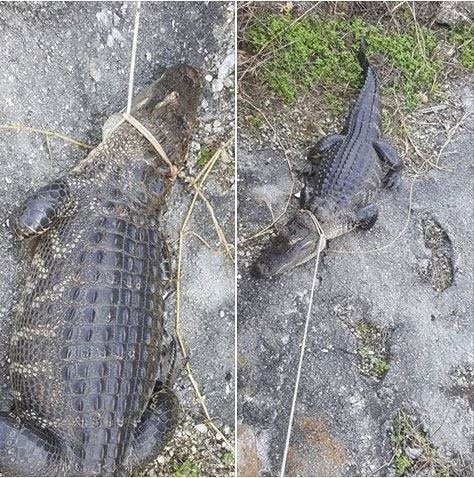
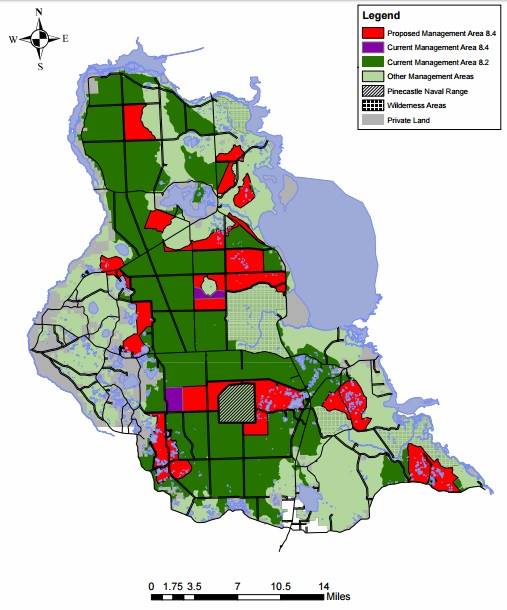
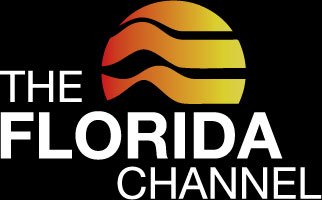
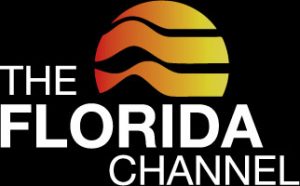
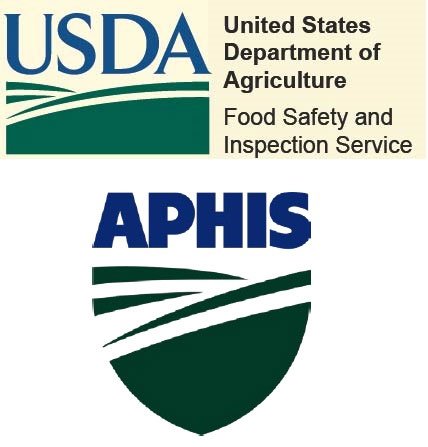
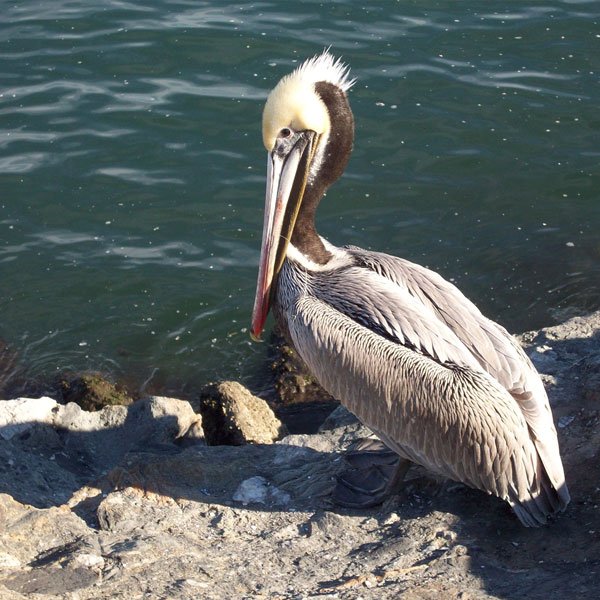
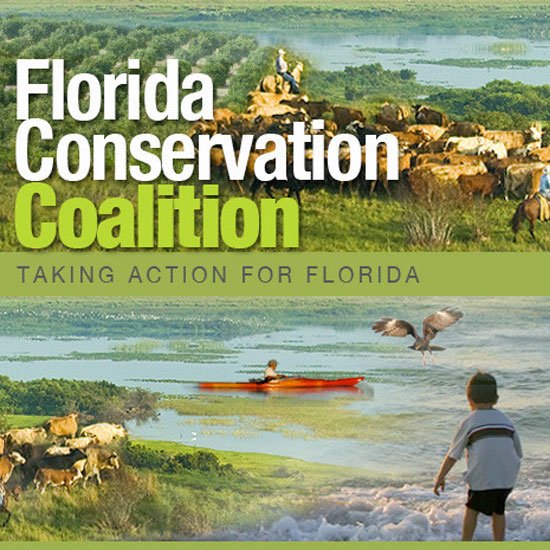
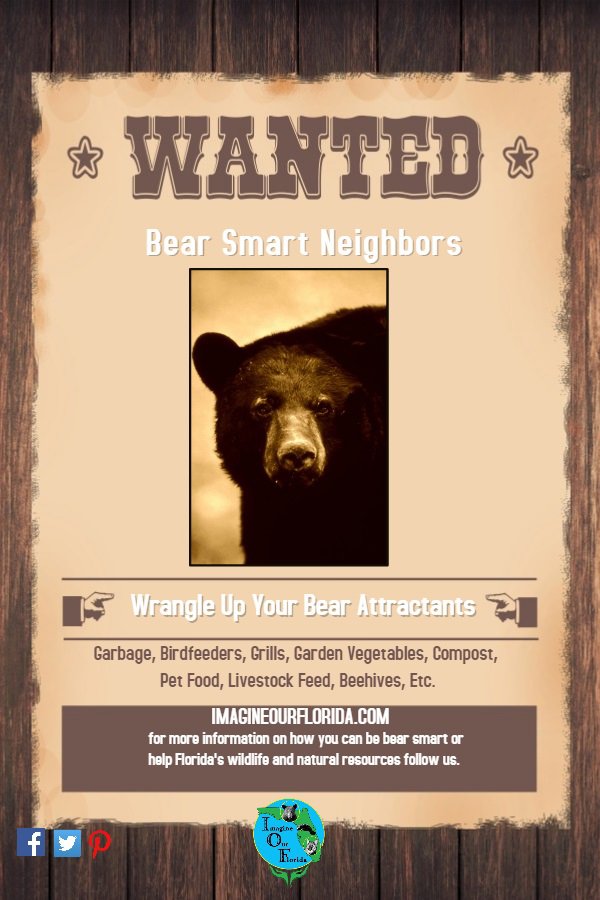
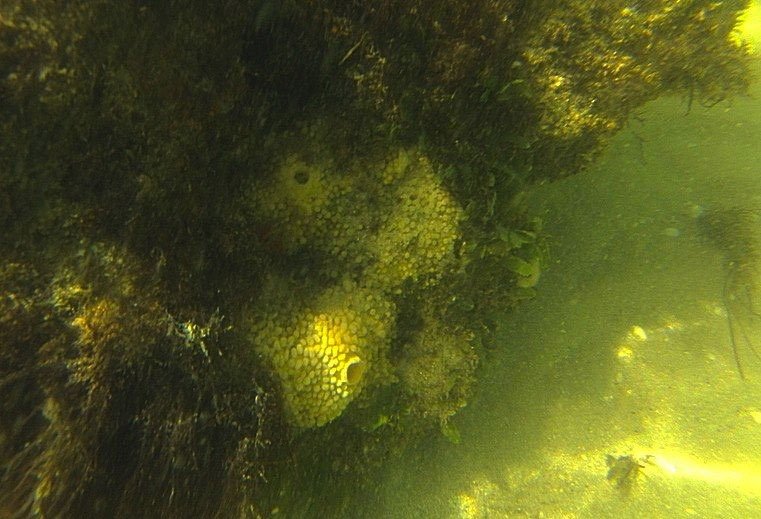
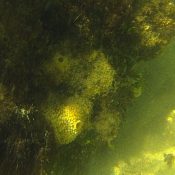
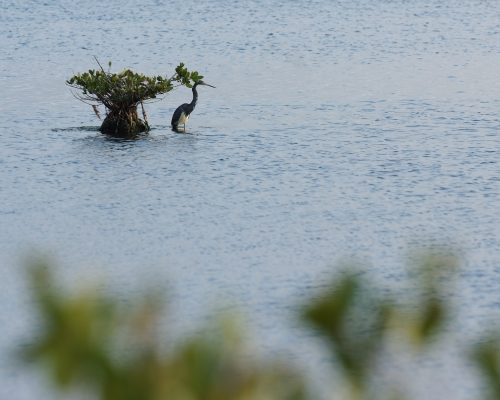
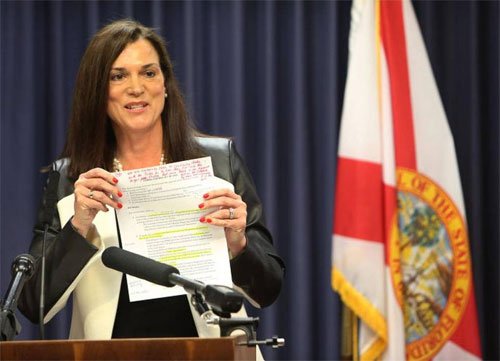
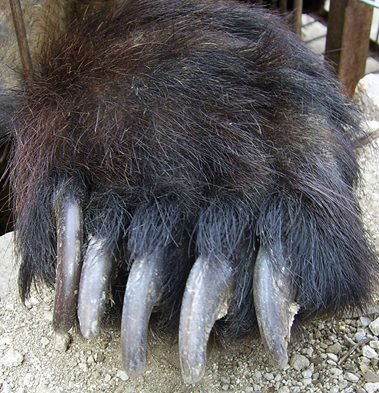
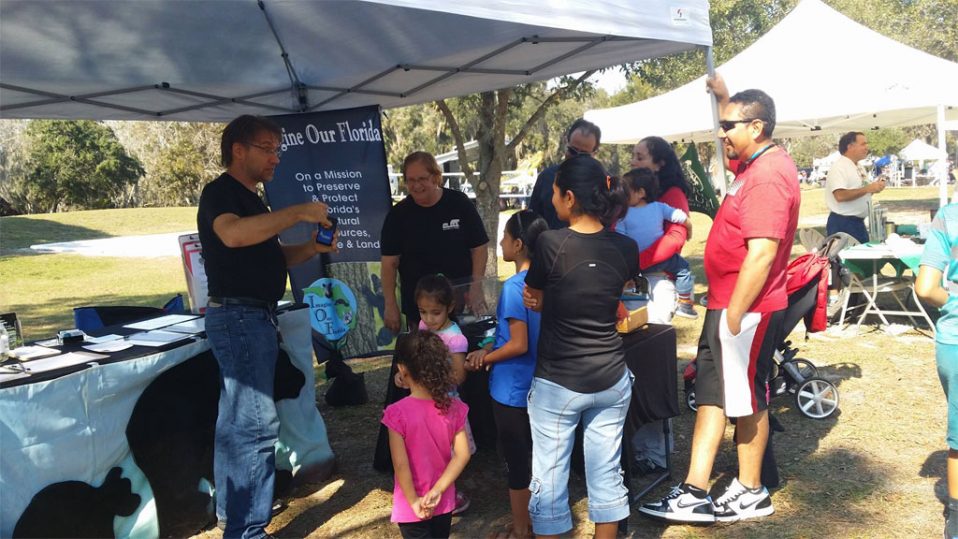
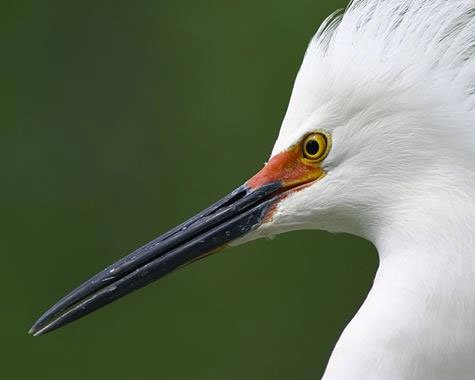
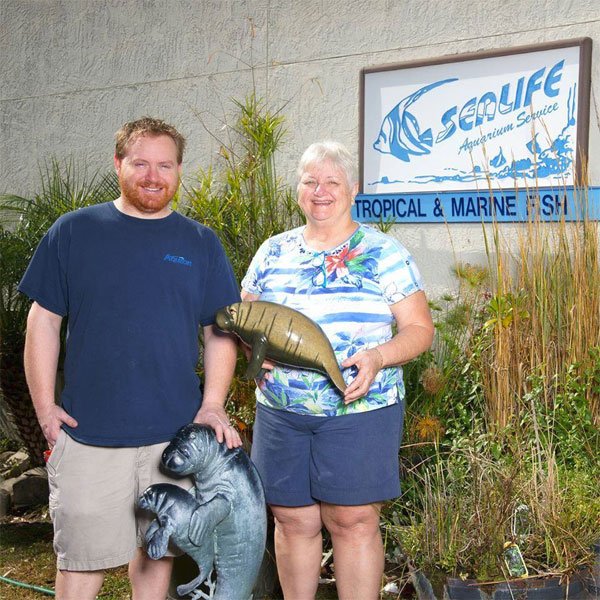
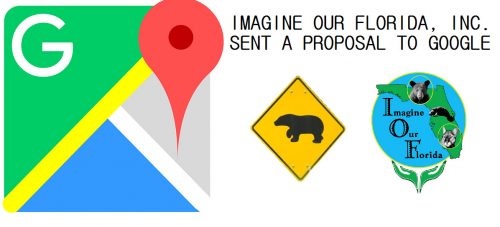
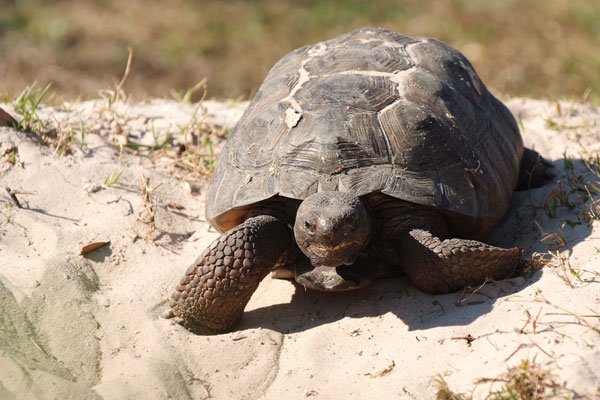



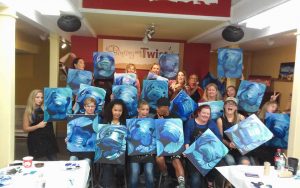

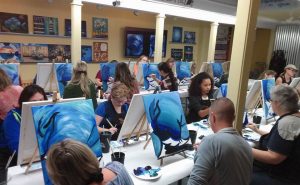
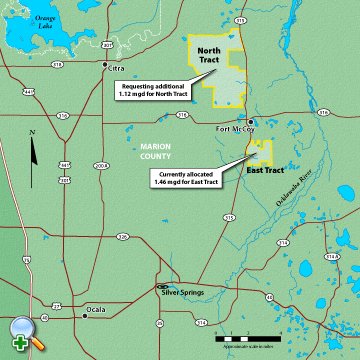
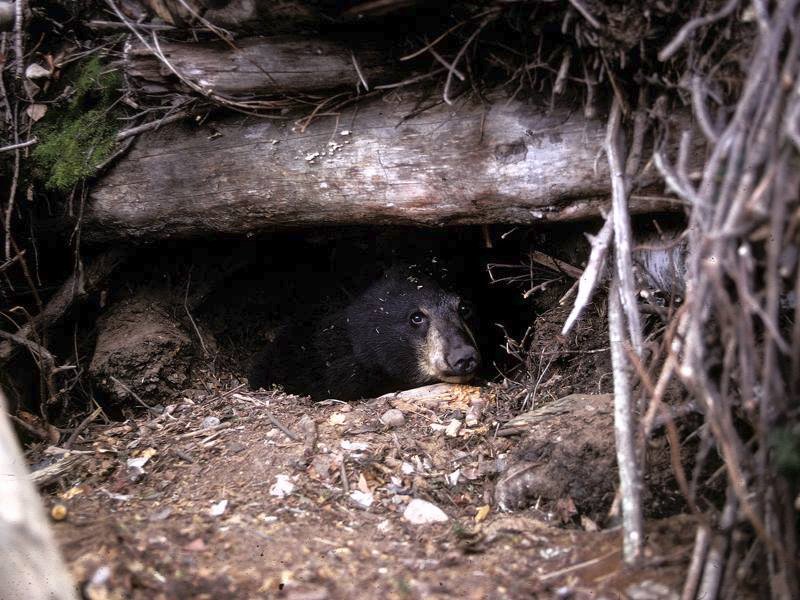
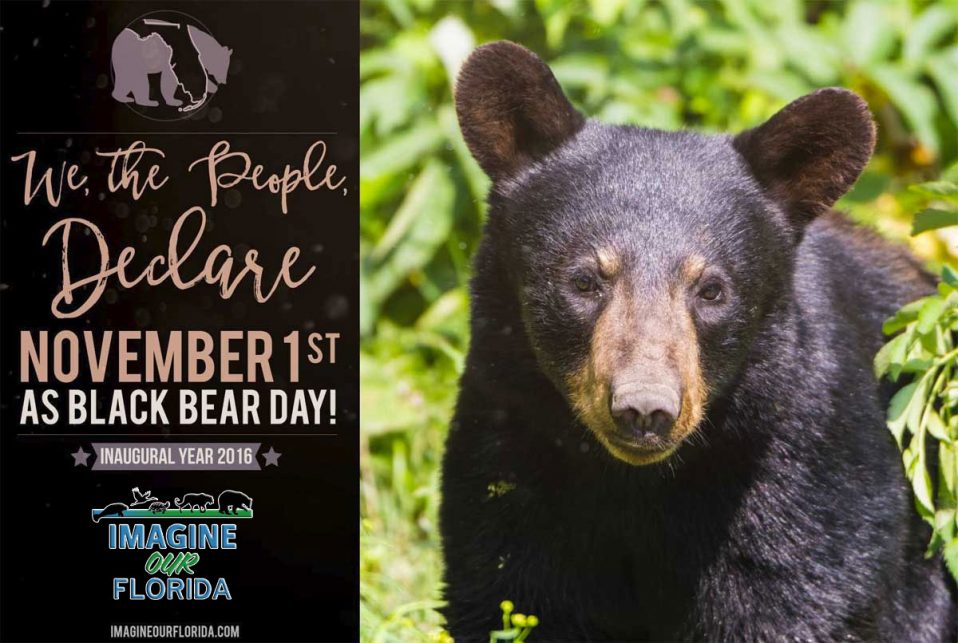

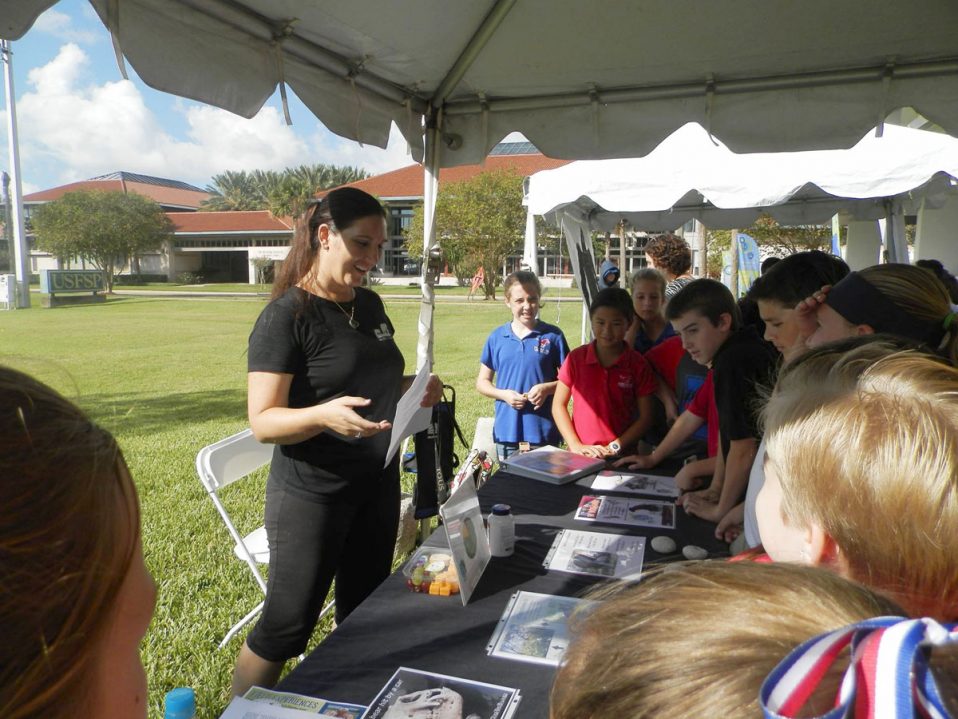
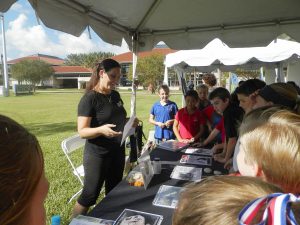
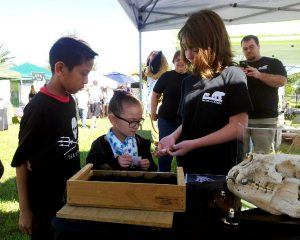
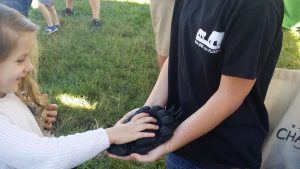
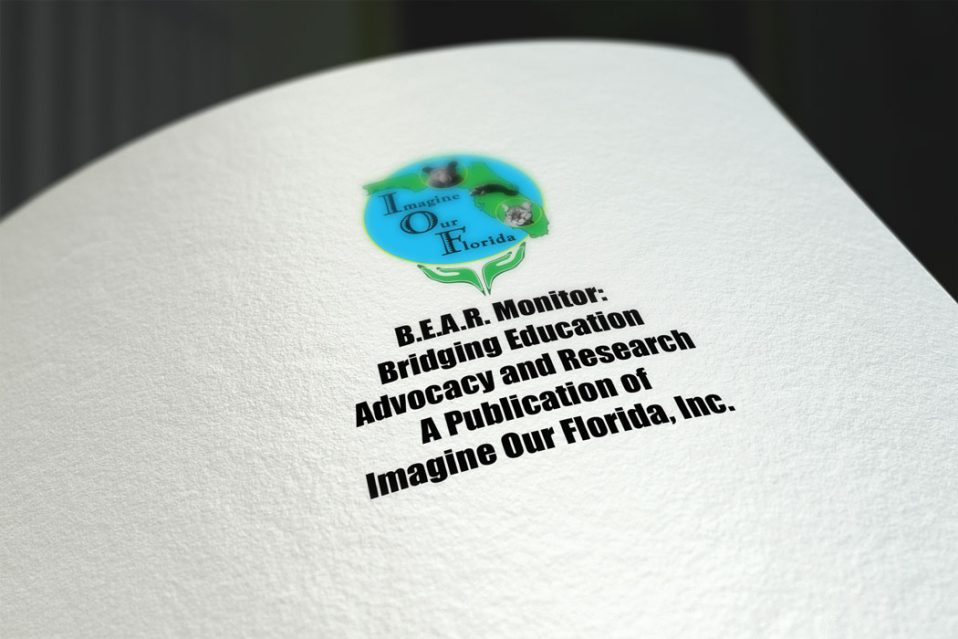



















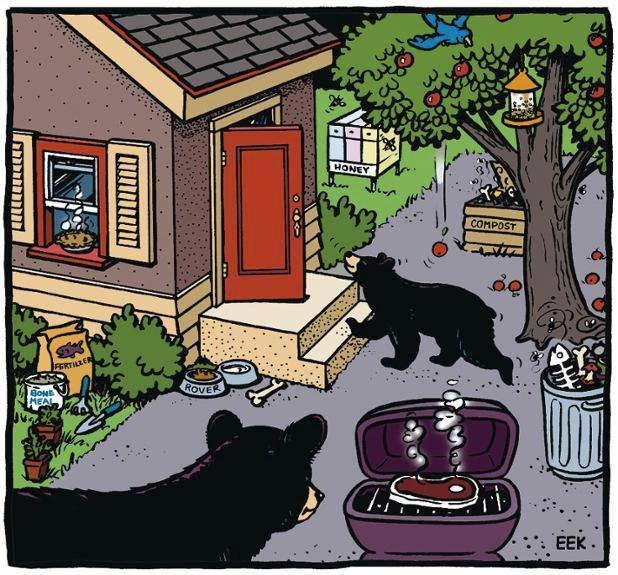
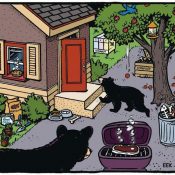

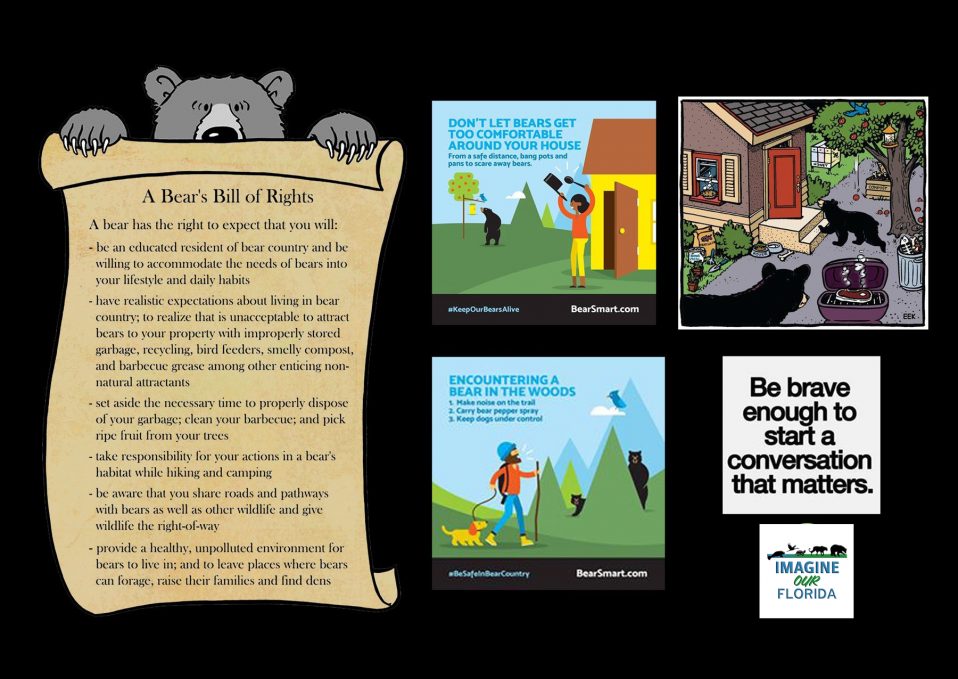
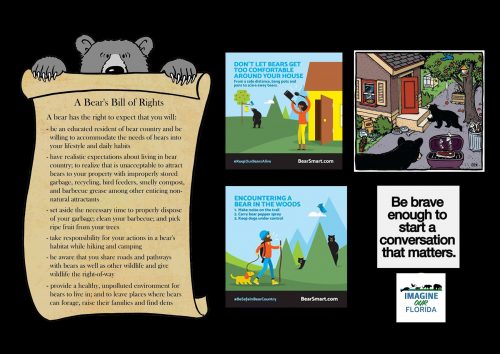
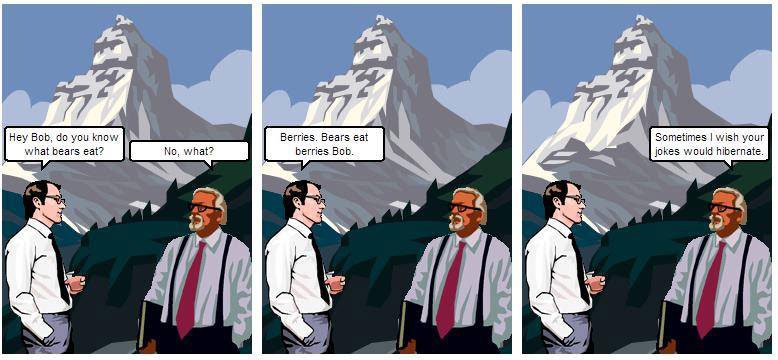

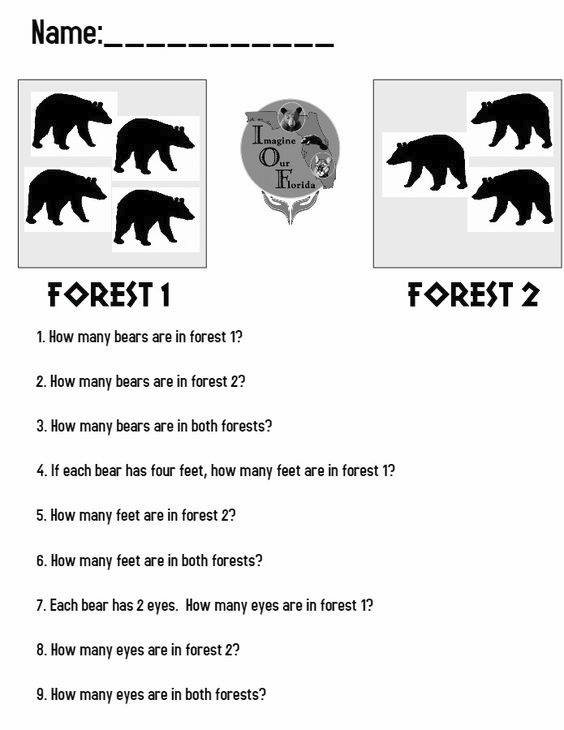
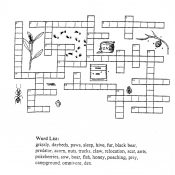
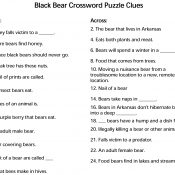

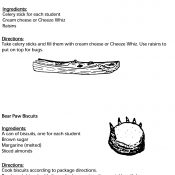
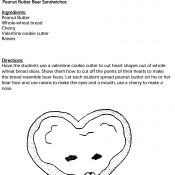

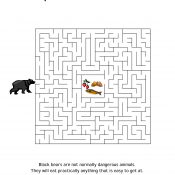

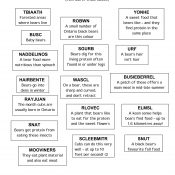
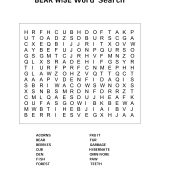
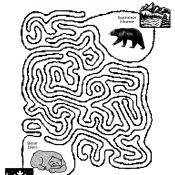
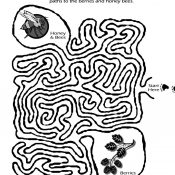
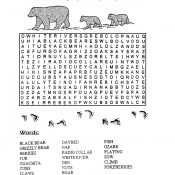
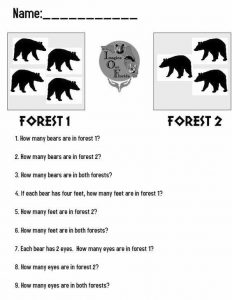

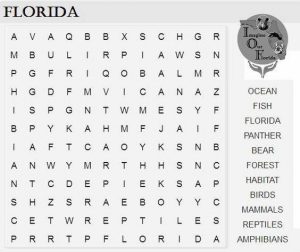
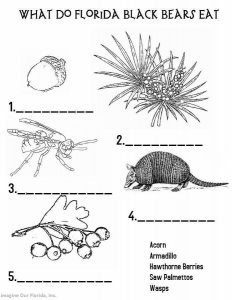

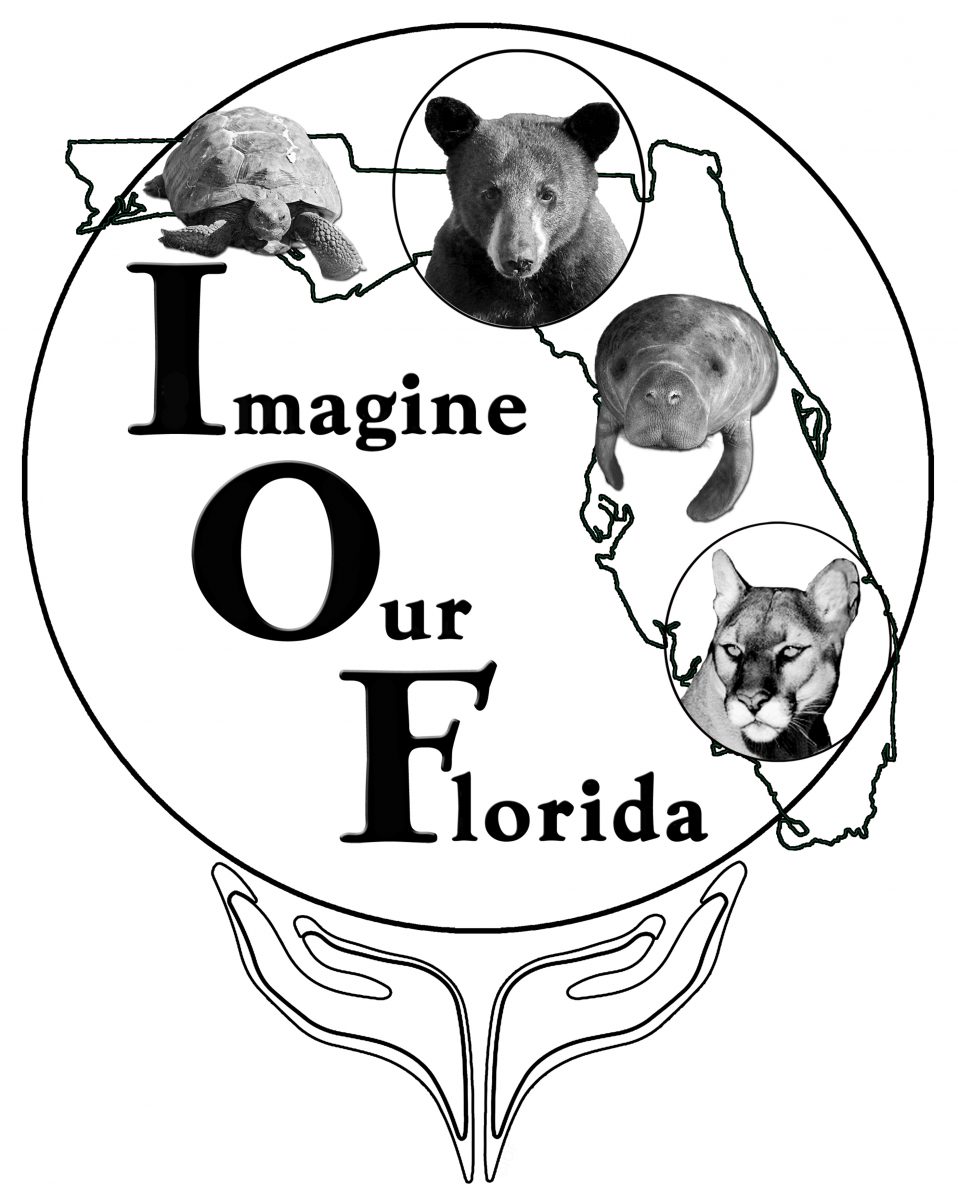

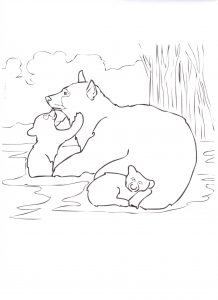
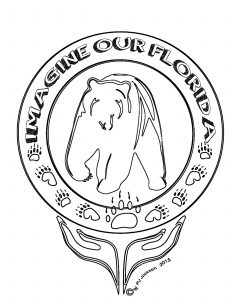
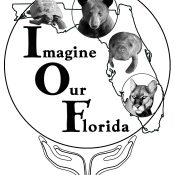
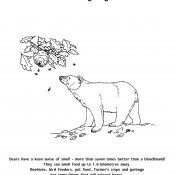
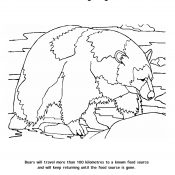
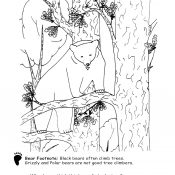
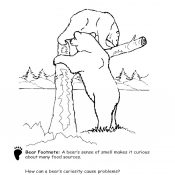
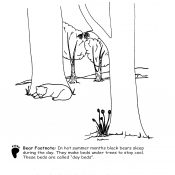
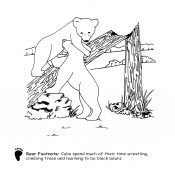
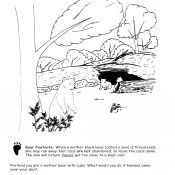
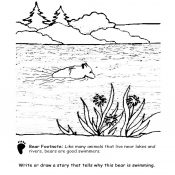
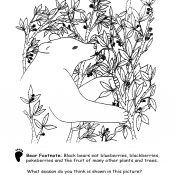
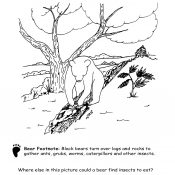
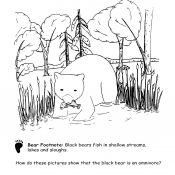
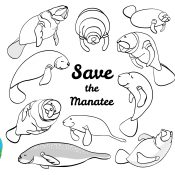
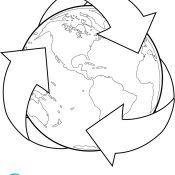
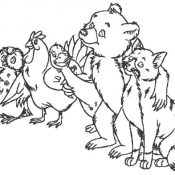
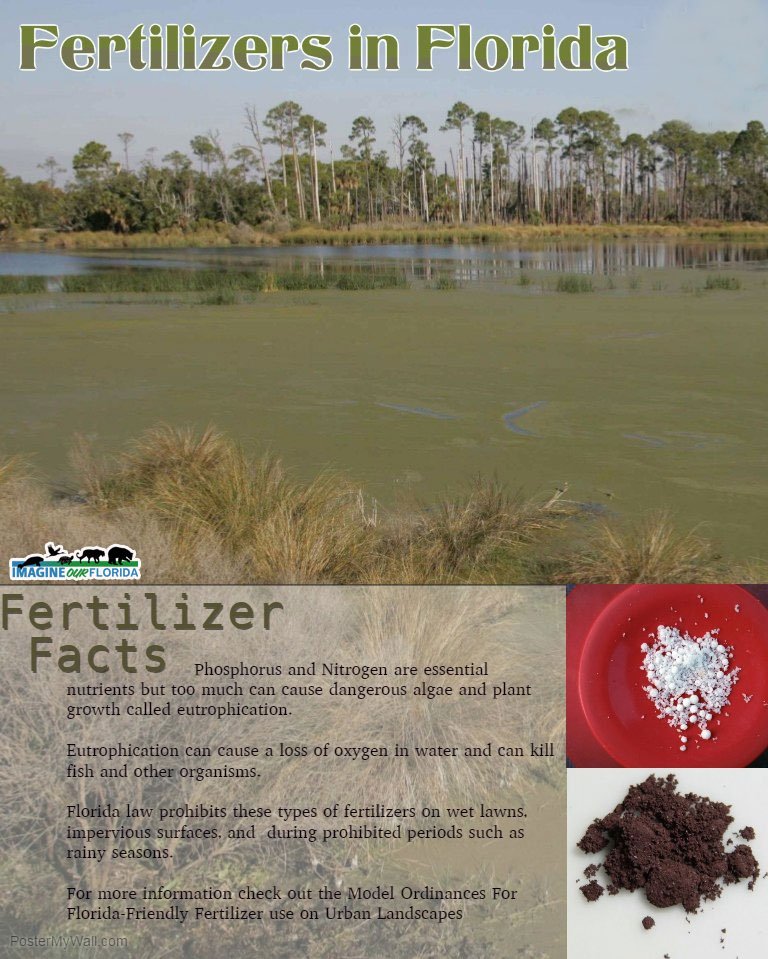

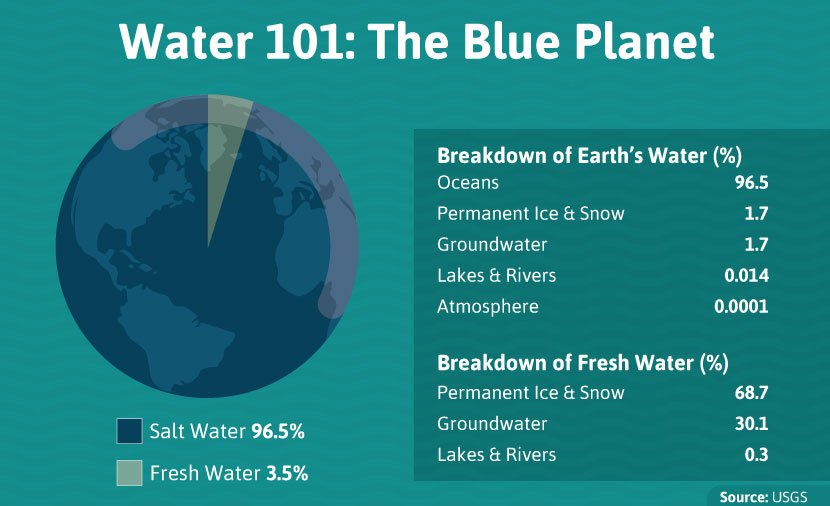
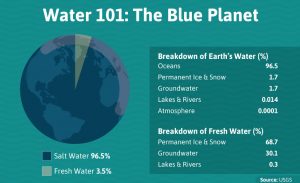
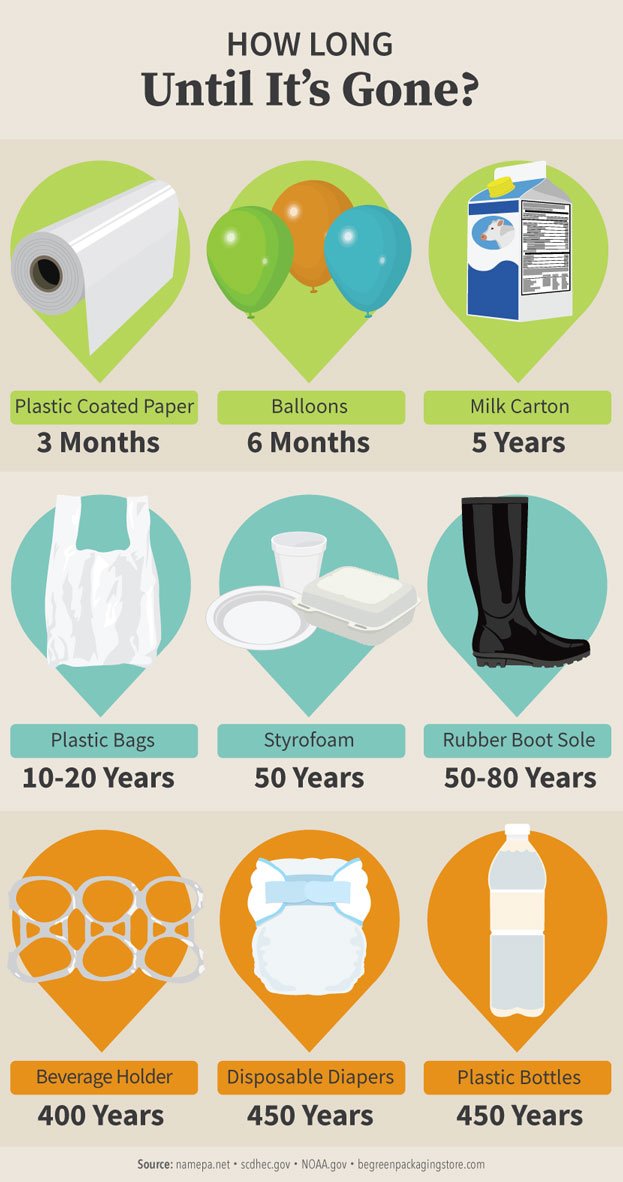
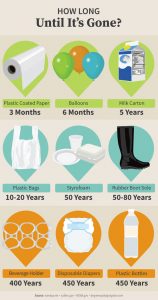
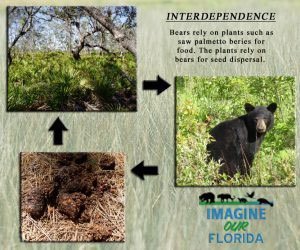

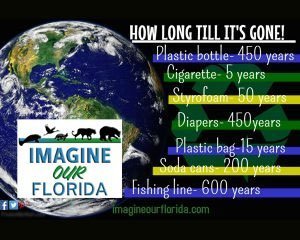
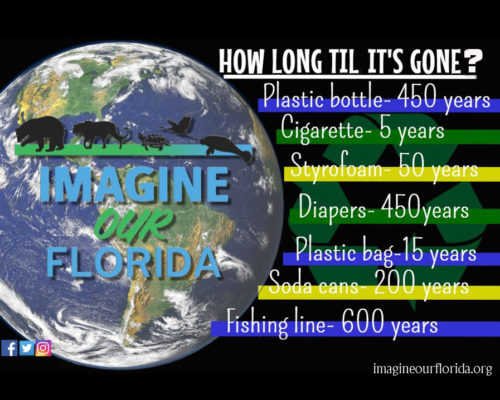
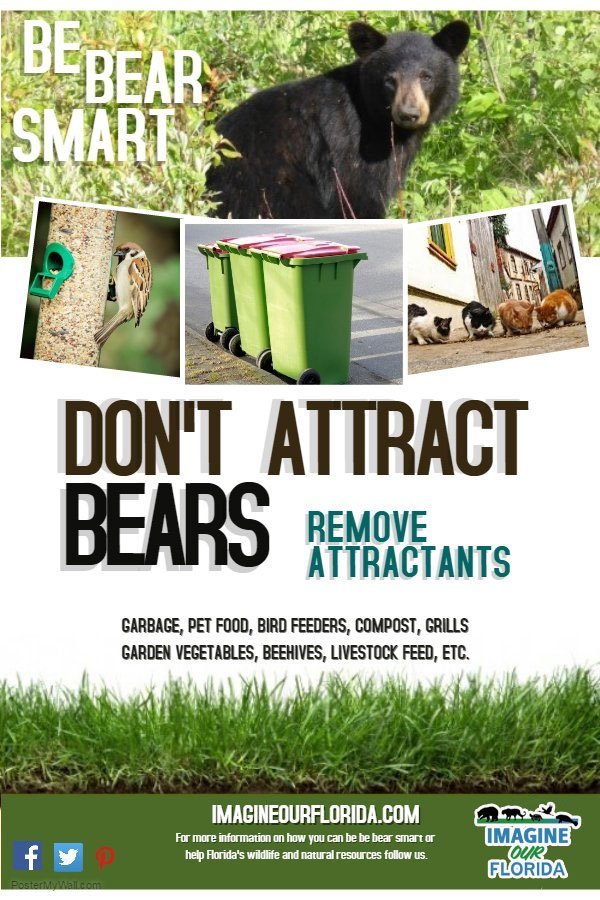
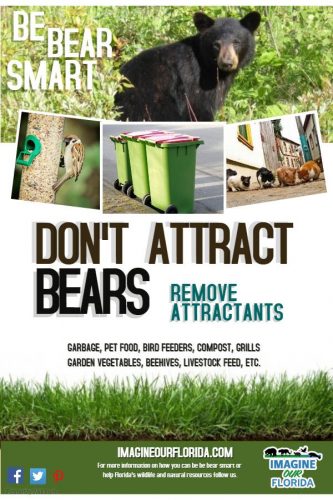
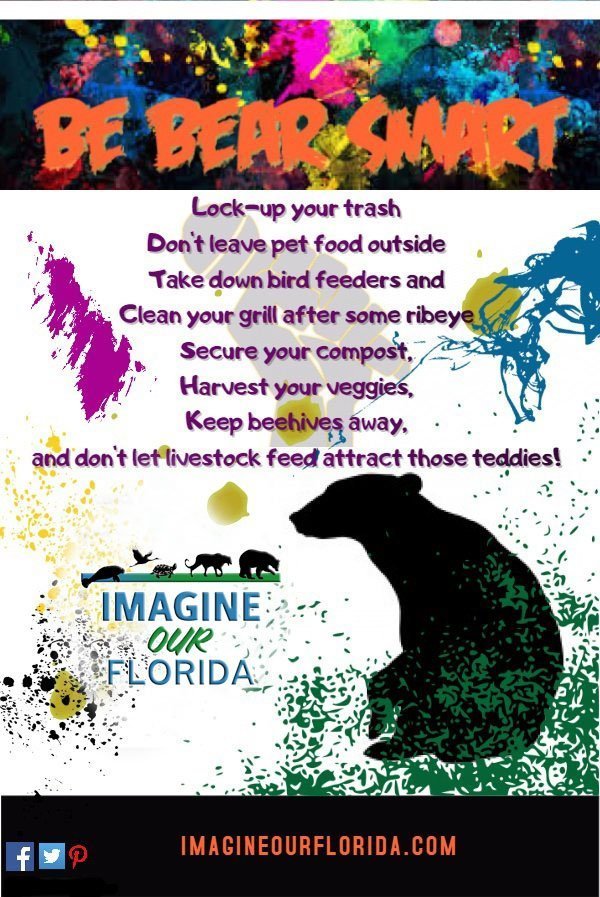

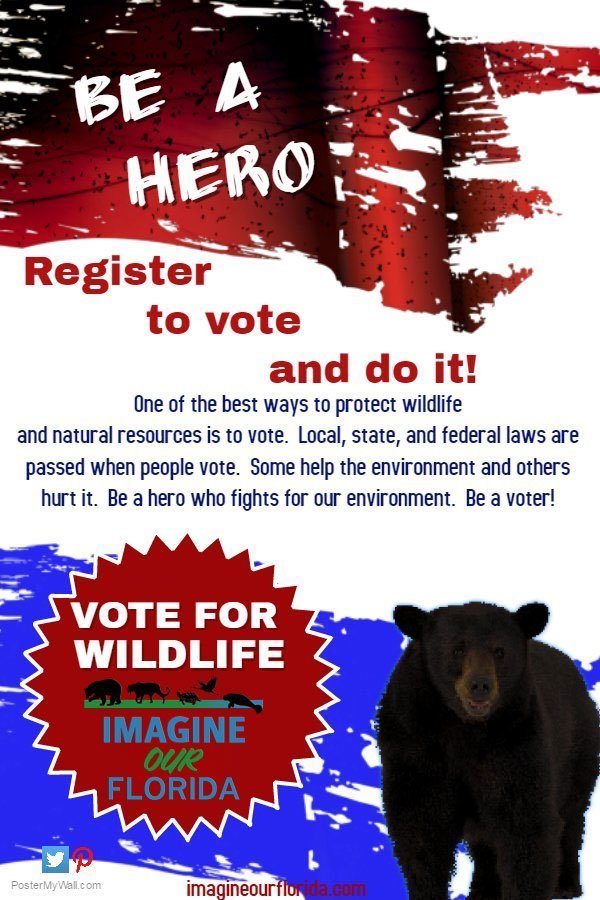
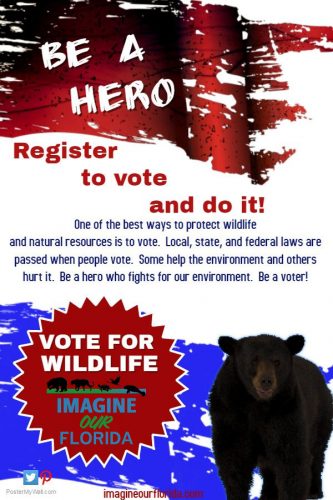
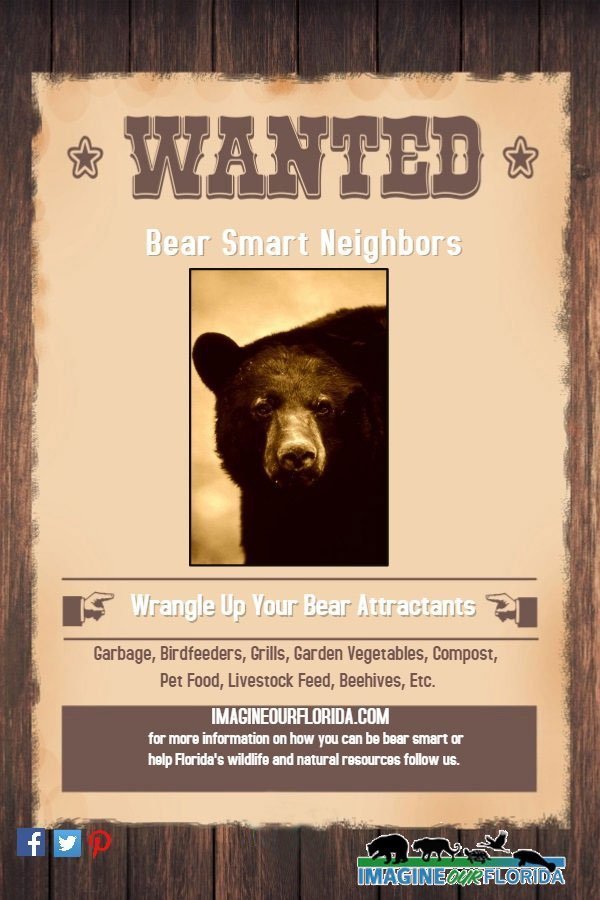
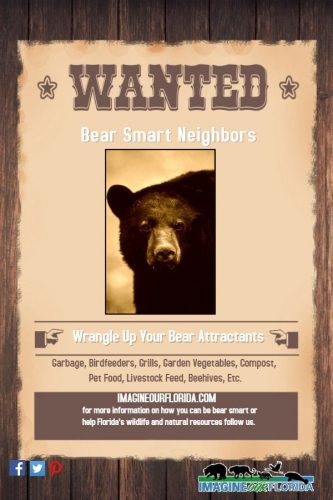
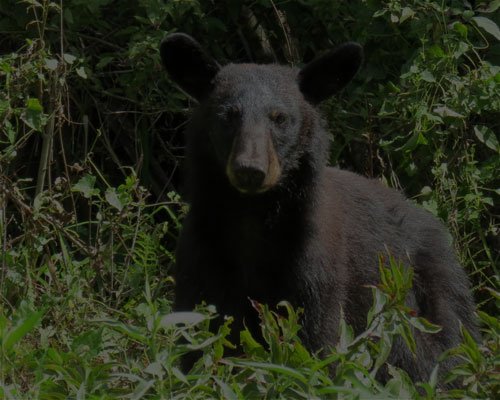





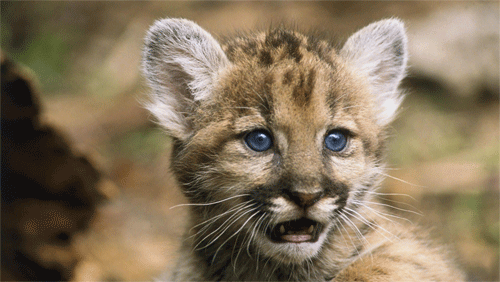
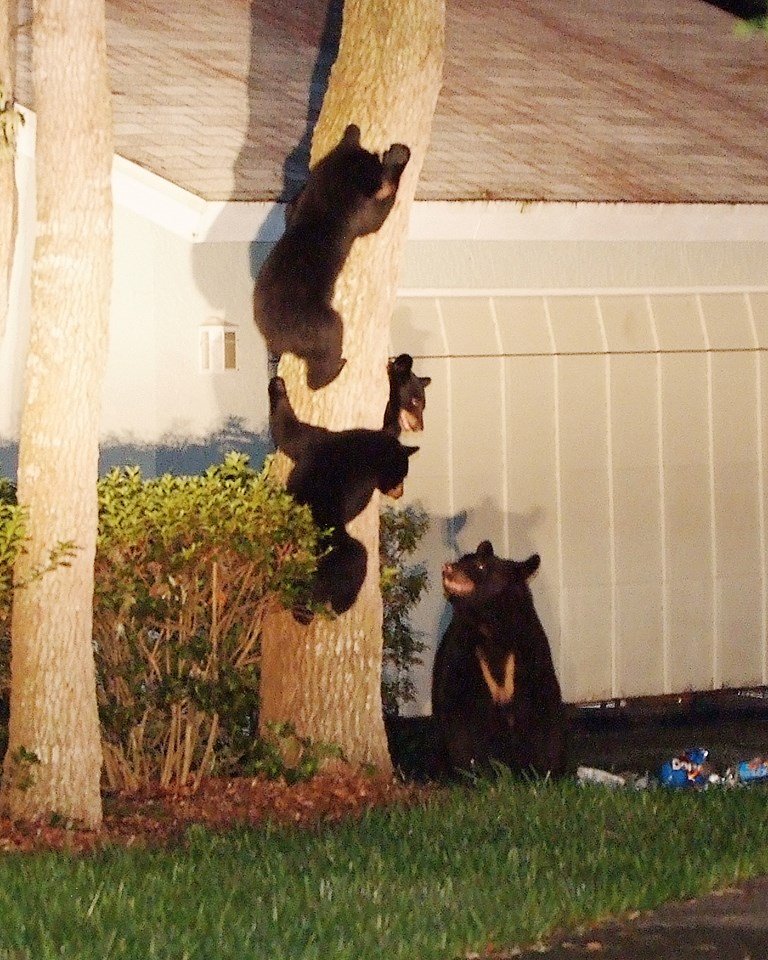


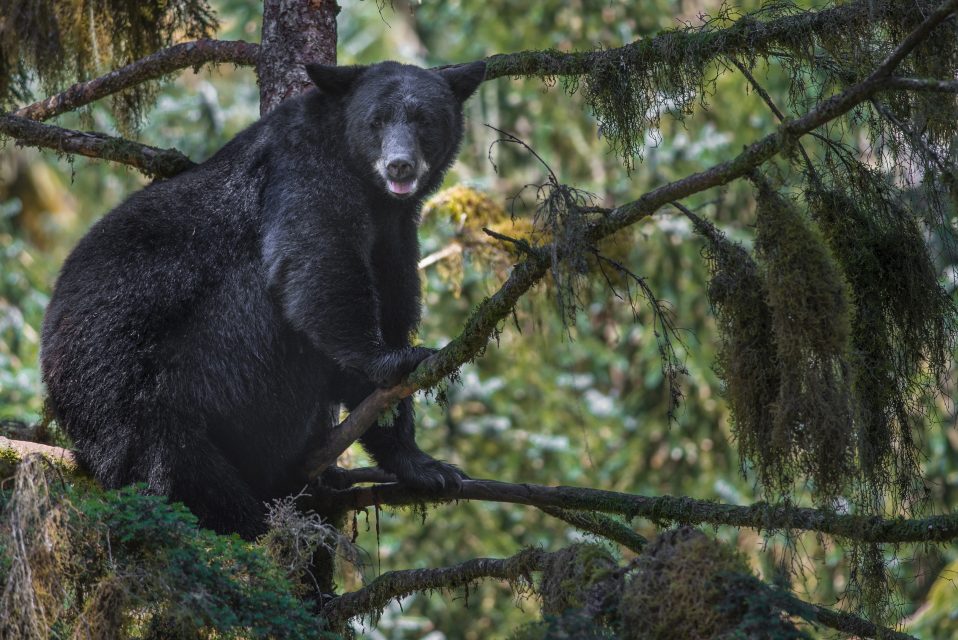


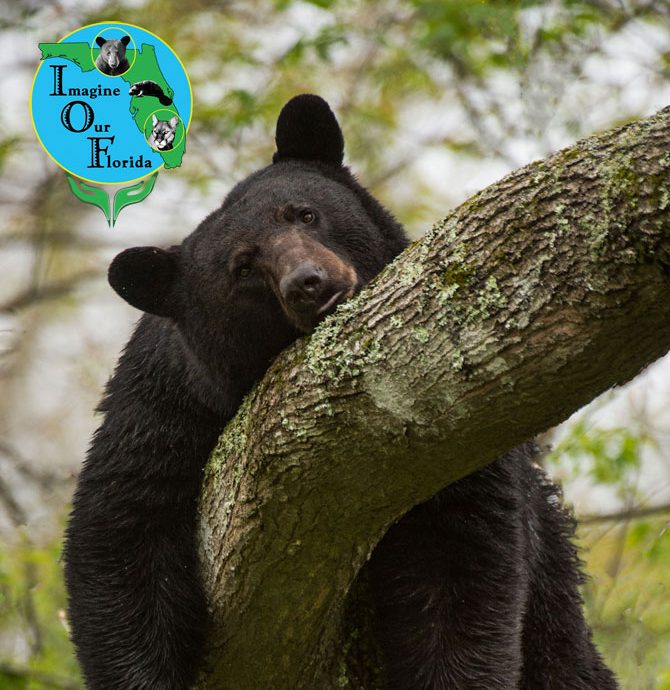

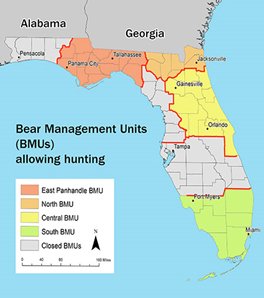
Recent Comments